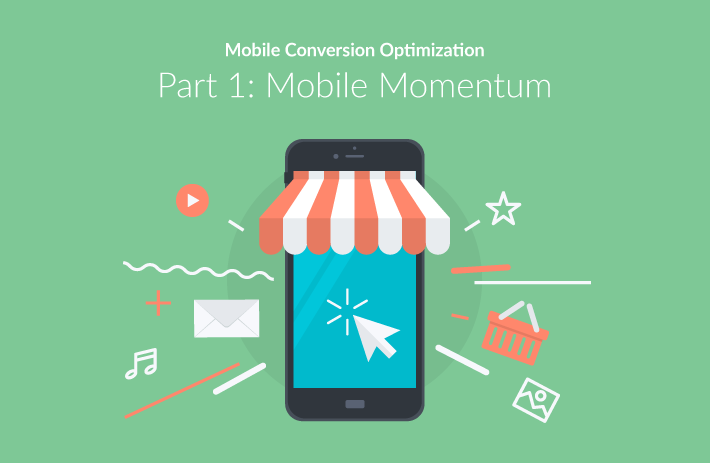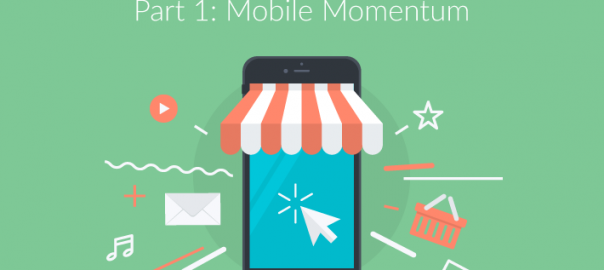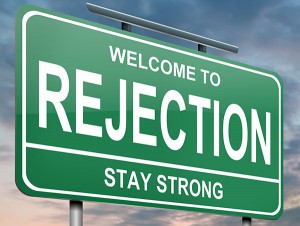JUNE 2, 2016
Written by Ari Gillam

Mobile conversion optimization efforts are becoming more important than your desktop website campaigns. We hit the mobile tipping point somewhere around 2014. People now spend more time on mobile digital media than on desktops, purchase more “smart” products such as smart watches and smart appliances then desktops, and purchase more goods and services from mobile devices than from desktops. If you ignore mobile, then you’re ignoring the future of commerce.

The Rise of Mobile Shopping
51% of total media time for US consumers is spent on a mobile device. This metric will continue to increase until the distinction between mobile and desktop is blurred into irrelevance. While 91% of consumers report having used PCs to search for a product, 80% of people surveyed have searched on a smart phone. Consumers are also searching for products on the Internet using tablets (47%) and game consoles (37%). Most commerce on game consoles is for game related products, so smart phones and tablets is where you want to focus your conversion optimization.
As the Internet of Things begins to take hold and create more smart houses, advertisers should also consider preparing marketing campaigns for smart TVs and smart watches. Currently, 34% of consumers use smart TVs and 9% of consumers use smart watches to search the Internet, while little is being done to target this emerging market.

The Importance of Mobile Conversion Optimization
The entire concept of mobile conversion optimization ensures that the consumers who look at your websites actually end up making a purchase. As the statistics above show, if all of your conversion optimization budget is focused on traditional media, which now includes the desktop environment, you are behind the curve. People are beginning to prefer the convenience of purchasing on the go through devices that they can take with them anywhere. However, just because your website is being viewed in these places does not mean that people are purchasing from you.
The secret to mobile conversion optimization is learning the nuances of the platform so that visits equal sales. Each category in the product sections mentioned above have subtle differences in their sales funnels. For instance, the smaller display of the smart phone leads many successful companies to place their initial sales offers upfront – no introductory landing page required. On even smaller devices such as smart watches, there is usually only room for one message. Marketing a product on a smart watch requires more personalized targeting than perhaps any other medium, because you want to send the right message to the right person.
Overall, your conversion optimization efforts should appeal to the immediate needs of an individual, focusing on time sensitive marketing techniques such as location-based coupons and survey response product placement.
Be sure to check back next week for the second part of the series: How to Reduce Mobile Bounce Rates.
Source: http://blog.upsellit.com/mobile-conversion-optimization-part-1-mobile-momentum/
(77)
Report Post







